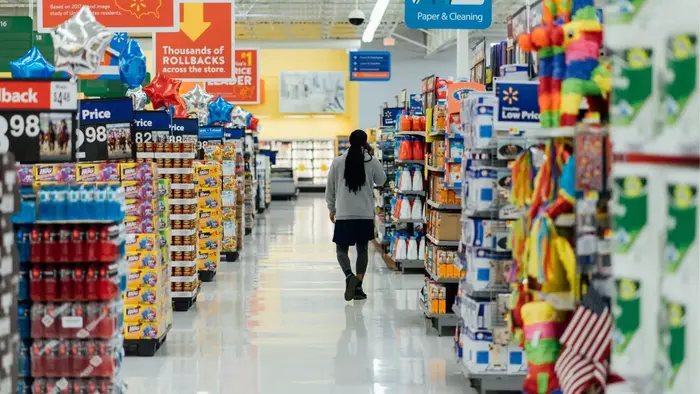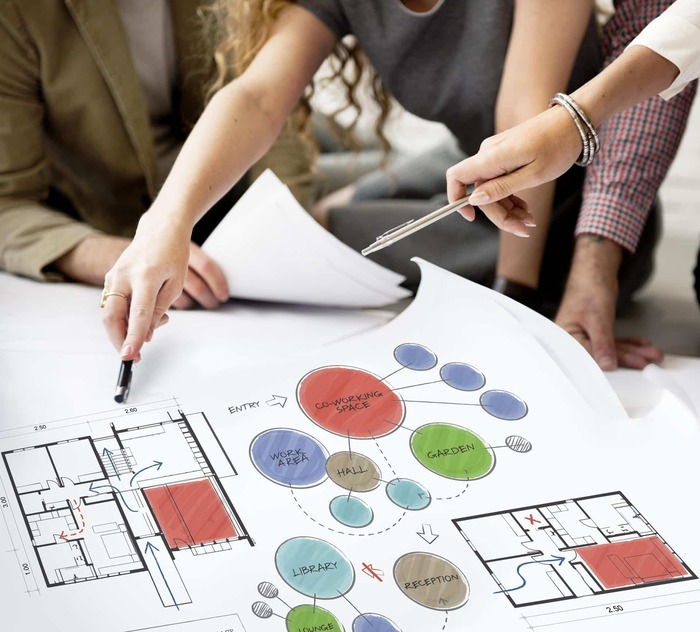Retail space planning is the strategic process of optimally organizing retail space to maximize sales and improve the shopping experience.
Why Space Planning is Important?
A competently organized retail space helps to:
- Increase the average check
- Improve the perception of assortment
- Minimize “dead zones”
- Speed up the customer’s path to purchase
- Increase the operational efficiency of the store
Retailers utilizing advanced planning techniques gain a competitive advantage through better assortment management and increased customer engagement.
Key Steps in Retail Space Planning
1. Retail Space Analysis
In this stage, an audit of the existing store is conducted: meterage, space configuration, customer flow, and sales performance by category are studied.
Tools:
- Buying activity heat maps
- Category reports
- Planning tools
2. Planogram development
A planogram is a visual plan of product placement on sales shelves and in the hall. It takes into account the number of SKUs, store format, seasonal changes in demand.
3. Zoning of the retail space
Effective zoning includes:
- Highlighting hot zones (e.g., near cash registers)
- Creating thematic zones
- Optimizing store navigation
4. Implementing and monitoring performance
Once the planogram and zoning have been implemented, it is important to monitor performance regularly:
- Sales by zone
- Average time spent in the store
- Conversion of visitors to customers
Using the Planohero platform allows you to monitor planogram effectiveness in real time, quickly make changes and scale successful solutions to a network of stores.
Space Planning Mistakes
Even experienced retailers can make mistakes:
- Laying out merchandise too tightly
- Poor store navigation
- Incorrect distribution of categories
- Ignoring seasonality and trends
All of these lead to lower sales and a poorer customer experience.
Practical Tips for Planning Retail Space
- Use the “right-hand rule” – 80% of shoppers intuitively move to the right when entering a store.
- Place “magnet” merchandise in the back of the room to increase shopper dwell time.
- Visually unclutter the space: cluttered shelves reduce the appeal of products.
- Work with impulse buys: place small items near cash registers.
Space planning in retail is not just about placing shelves and displays. It is a strategic task that directly affects the success of the business. Using modern tools like Planohero, understanding the needs of your audience and working with data allows you to create effective spaces that sell.
Proper space planning is the way to increase sales, strengthen your brand and create a unique shopping experience.


